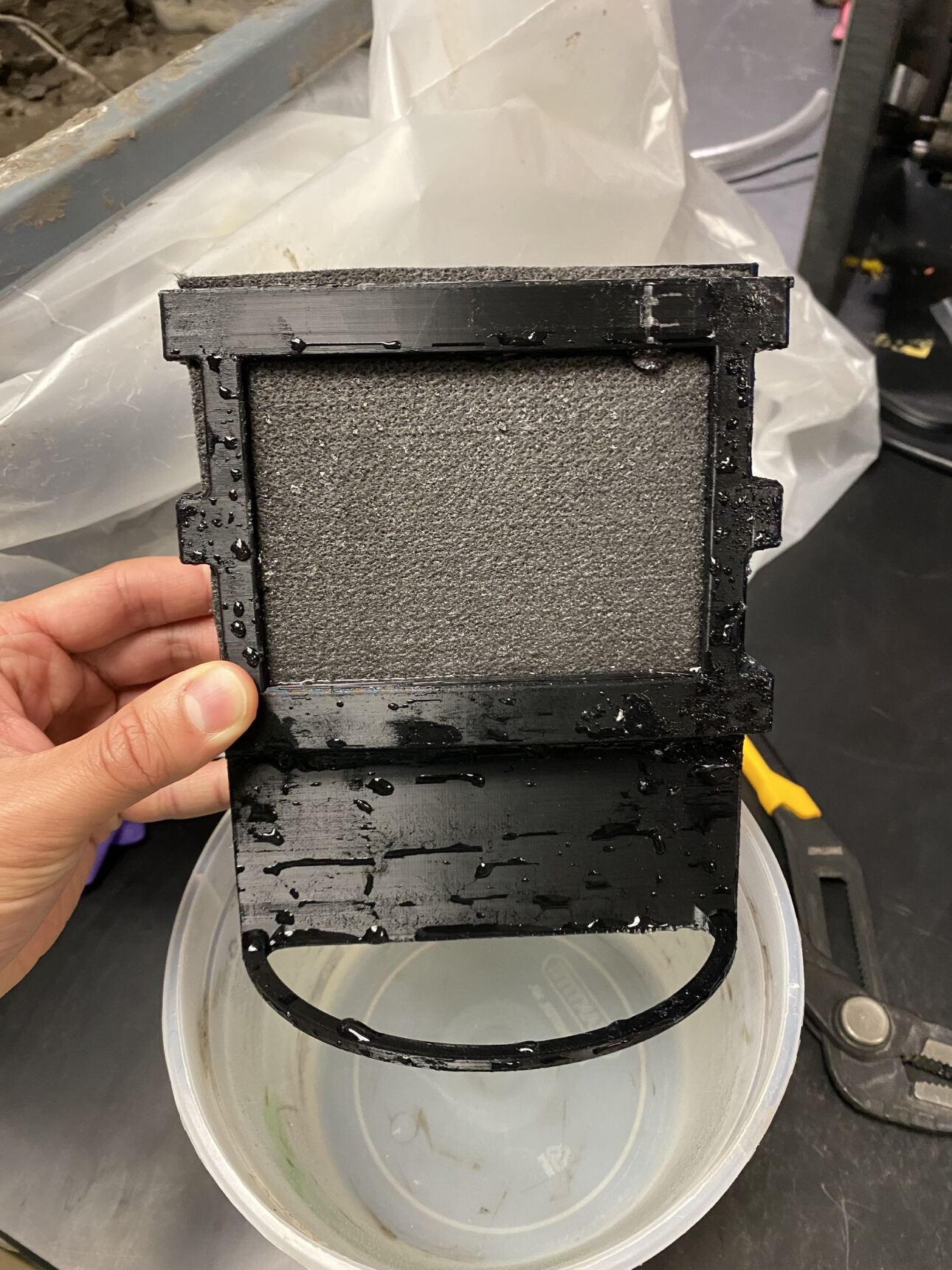Precision Ag Sensors Could Be Powered By The Soil They Are Monitoring

Sign up for daily news updates from CleanTechnica on email. Or follow us on Google News!
The most visible types of clean tech get the most coverage (naturally), so EVs and solar and wind farms and other kinds of emissions-free solutions get a lot of play in the media, but there are a lot of other types of clean tech innovations that are virtually invisible to everyone but those working in the industry.
One example of a clean tech application that isn’t nearly as well known, but which can have a big impact over time, is the use of sensors on farms and in fields, allowing farmers to know precisely when to water, how much to water, what the soil pH is, the level of soil nutrients, etc., and to gain insights into a variety of other variables as well. Precision agriculture, while a far cry from the romantic ideal of grandpa’s small scale family farm, is allowing more food to be produced from the same amount of land and with the same amount of resources, essentially optimizing farmland and increasing its efficiency.
All of those sensors needed for precision agriculture require a power supply, such as batteries and/or solar panels, but in the near future, the electricity for many agricultural sensors could come right from the soil they are monitoring.
A team of researchers from Northwestern University recently published the results of their work using a new type of fuel cell, a soil microbial fuel cell, to power ag sensors and wirelessly transmit the collected data to a base station.
“If you want to put a sensor out in the wild, in a farm or in a wetland, you are constrained to putting a battery in it or harvesting solar energy. Solar panels don’t work well in dirty environments because they get covered with dirt, do not work when the sun isn’t out and take up a lot of space. Batteries also are challenging because they run out of power. Farmers are not going to go around a 100-acre farm to regularly swap out batteries or dust off solar panels.” — Bill Yen, lead author

“About the size of a standard paperback book, the completely soil-powered technology could fuel underground sensors used in precision agriculture and green infrastructure. This potentially could offer a sustainable, renewable alternative to batteries, which hold toxic, flammable chemicals that leach into the ground, are fraught with conflict-filled supply chains and contribute to the ever-growing problem of electronic waste.”
This type of a low-power energy supply system could have a lot of implications for sustainability as we increasingly monitor and manage everything around us for efficiency and productivity, and the research, which was specifically about “soil-based computing,” may lead to other advances in generating cleaner electrons for our electrified future.
“These microbes are ubiquitous; they already live in soil everywhere. We can use very simple engineered systems to capture their electricity. We’re not going to power entire cities with this energy. But we can capture minute amounts of energy to fuel practical, low-power applications.” — George Wells, a senior author on the study and an associate professor of civil and environmental engineering
According to the team, the new soil-based microbial fuel cell not only produced 68 times more power than was needed to operate its sensors, but all the components needed to build the fuel cell “can be purchased at a local hardware store.”
Study co-author Josiah Hester said, “With the COVID-19 pandemic, we all became familiar with how a crisis can disrupt the global supply chain for electronics. We want to build devices that use local supply chains and low-cost materials so that computing is accessible for all communities.” The researchers said that one next step for them is developing a soil microbial fuel cell made from fully biodegradable materials, which is another key element for sustainability.
The study, “Soil-Powered Computing: The Engineer’s Guide to Practical Soil Microbial Fuel Cell Design,” was published in the journal Proceedings of the Association for Computing Machinery on Interactive, Mobile, Wearable and Ubiquitous Technologies.
Have a tip for CleanTechnica? Want to advertise? Want to suggest a guest for our CleanTech Talk podcast? Contact us here.
Our Latest EVObsession Video
I don’t like paywalls. You don’t like paywalls. Who likes paywalls? Here at CleanTechnica, we implemented a limited paywall for a while, but it always felt wrong — and it was always tough to decide what we should put behind there. In theory, your most exclusive and best content goes behind a paywall. But then fewer people read it!! So, we’ve decided to completely nix paywalls here at CleanTechnica. But…
Thank you!
CleanTechnica uses affiliate links. See our policy here.
This post has been syndicated from a third-party source. View the original article here.




